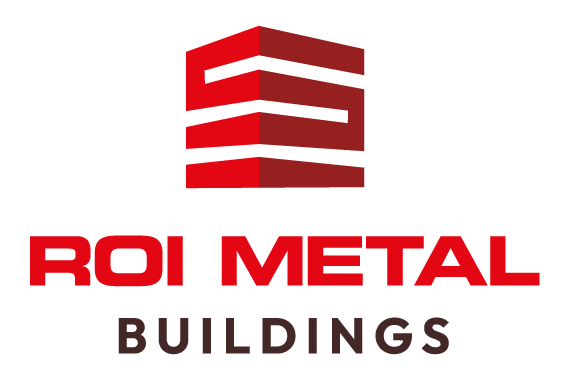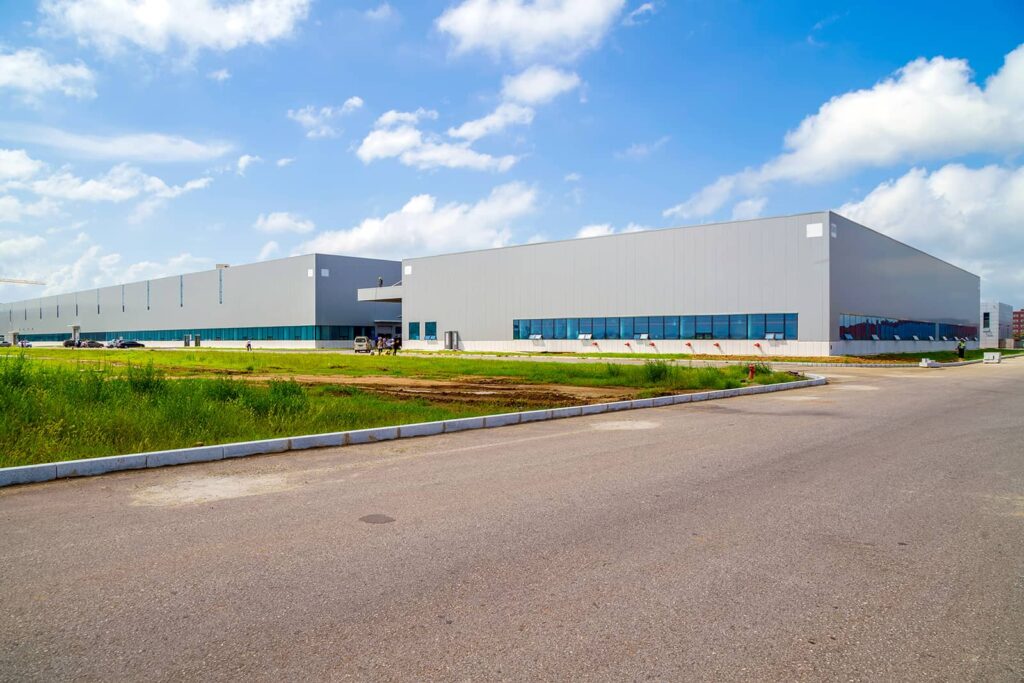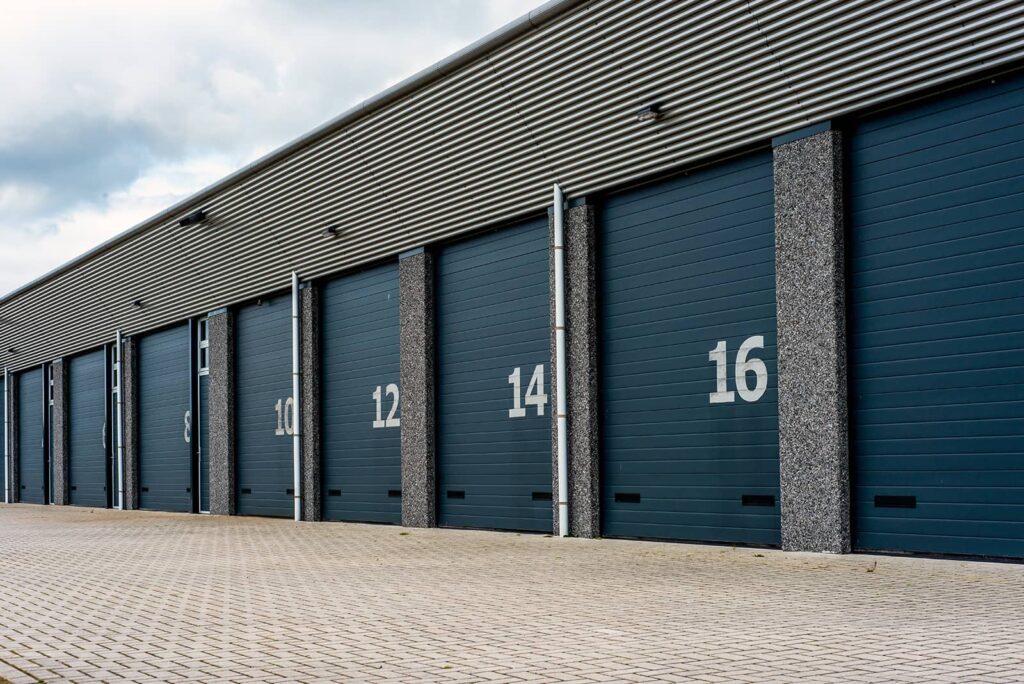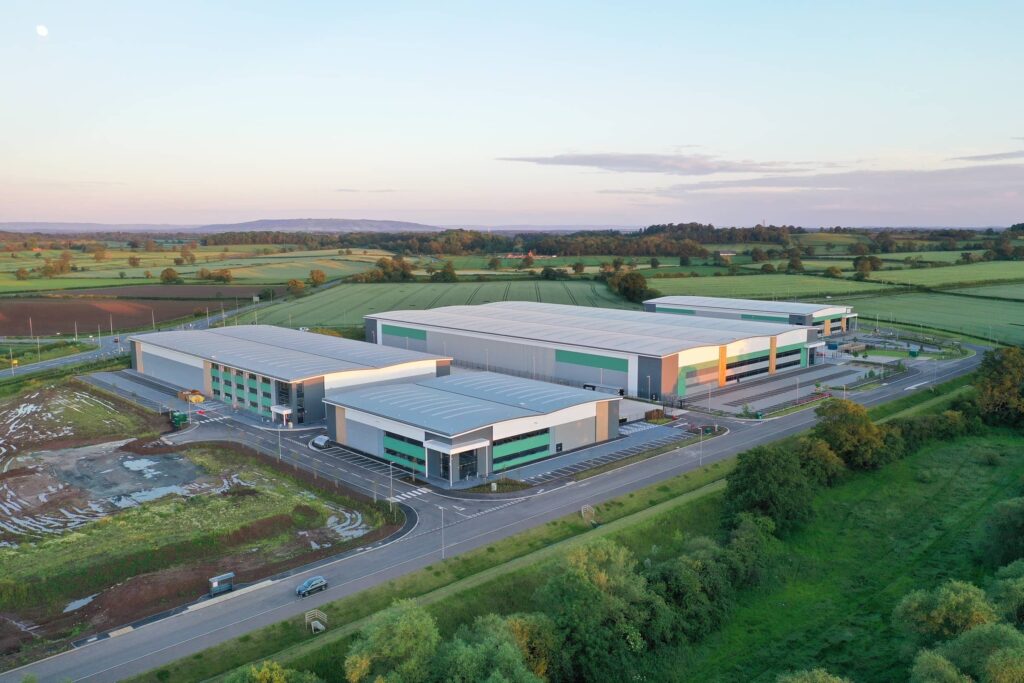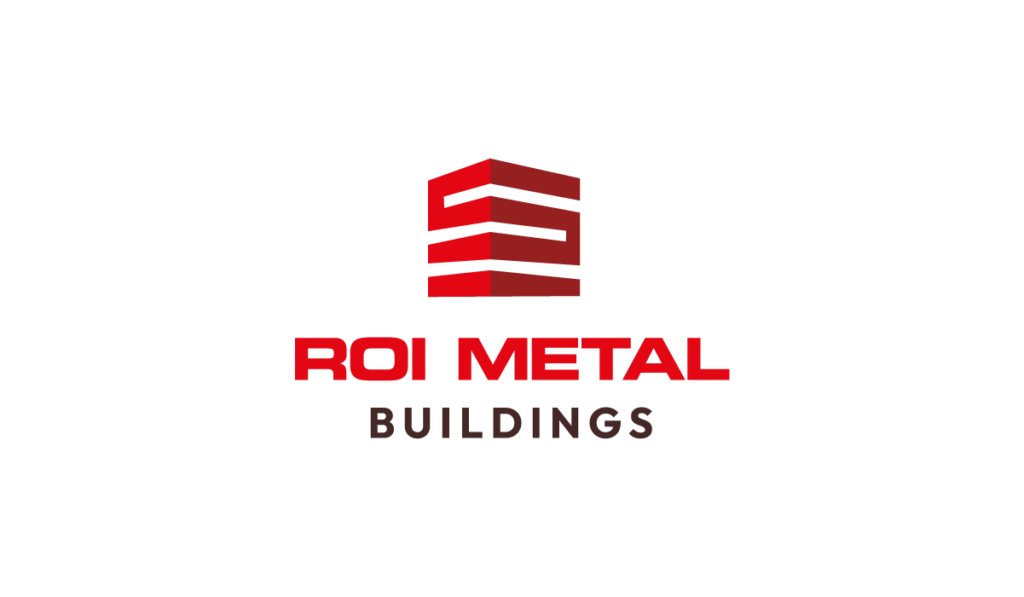Mini self-storage buildings range widely in size, designed to suit various storage needs. They commonly come in sizes such as 5×5 feet, 5×10 feet, all the way up to 10×30 feet, offering flexible spaces for everything from seasonal items to large furniture or vehicles. Yet, it is not just about the size itself, but also how one can best utilize these different dimensions. Strikingly, this does not solely depend on what you are storing, but also on other factors like ease of access and movement within the unit. Without further ado, let’s look at the most popular mini self-storage building sizes in more detail.
Before we begin, just a quick reminder. We wrote another detailed article last week about Things To Consider Before Building Your Mini-Storage Facility.
The most common mini-self-storage building sizes range from 5-by-5 feet to 10-by-30 feet, offering storage options from 25 to 300 square feet. These sizes accommodate various storage needs, from seasonal items and sports equipment to larger furniture and vehicles.
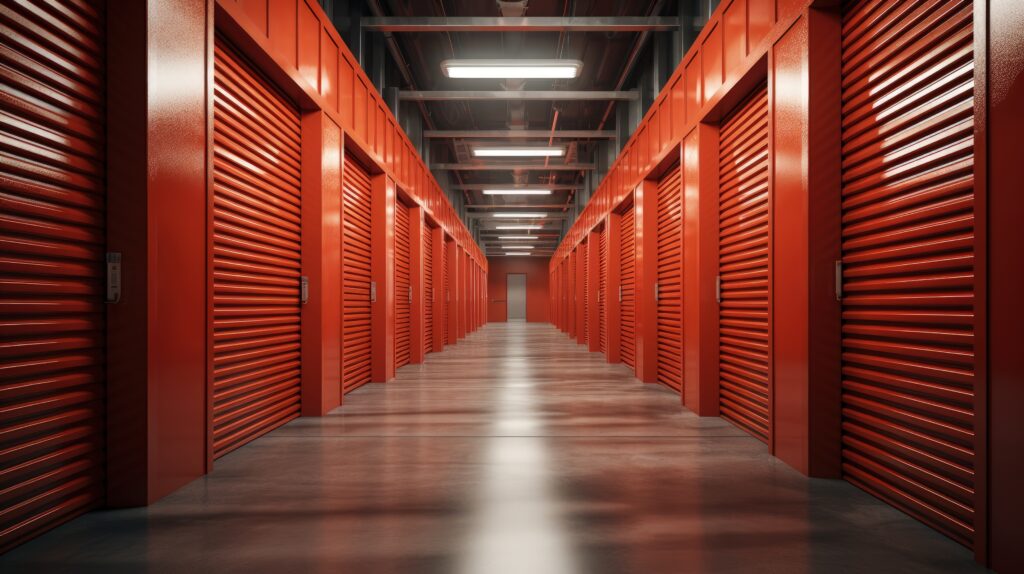
Exploring Mini Self-Storage Building Sizes
Mini self-storage buildings come in various sizes to accommodate different storage needs. Understanding the dimensions and capacity of each unit is crucial when planning to invest in a mini self-storage building. It’s not just about offering space for storage, but providing a variety of options that cater to different needs—ranging from seasonal decorations to larger items like vehicles or furniture.
The most common storage unit sizes range from 5-by-5 feet to 10-by-30 feet, with many variations in between. Small storage units (5×5) are perfect for storing seasonal decorations and sports equipment long term, while medium and large units work well for short-term storage during a move. The most popular storage unit size is 10-by-10 feet, which is about half the size of a spare bedroom. It’s commonly used for short-term storage during an apartment move or to free up space in the garage.
When it comes to selecting the right size for a mini self-storage building, it’s essential to consider the specific items your potential customers might store. For example, if there’s demand for storing vehicles or large equipment, investing in larger units like 10×20 or 10×30 may be more advantageous. On the other hand, if the target market primarily consists of urban residents looking to store seasonal items or furniture during a move, smaller units such as 5×5 or 5×10 might be sufficient.
Here’s a breakdown of recommended storage unit sizes along with their typical use cases:
- 5×5: Fits Christmas tree, boxes of decorations, and holiday yard decor.
- 5×10: Fits queen-size mattress, sofa, chair, bike, and clothes.
- 10×10: Fits kitchen appliances, dining room set, and boxed kitchenware.
- 10×15: Fits everything in your bedroom, a living room set, and a motorcycle.
- 10×20: Fits one car, a bookshelf, and a few boxes.
- 10×25: Fits a large vehicle, tools, and sports equipment.
- 10×30: Fits one car, a mattress, a few small pieces of furniture, and some boxes.
By understanding the different dimensions and capacities of storage unit sizes and aligning them with potential customer needs, you can make an informed decision when investing in a mini self-storage building that meets the diverse storage requirements of your target market.
Understanding the diverse applications of various mini self-storage building dimensions is crucial for effective planning and investment. Now let’s dig deeper with a closer examination of these versatile storage unit sizes and their real-world implications.
Popular Mini Self-Storage Building Dimensions
When it comes to mini self-storage buildings, there’s a reason specific sizes are so popular – they’re designed to suit most storage requirements. Let’s examine each dimension and how it can accommodate different belongings.
5×5 feet
The smallest standard size, 5×5 feet, is perfect for storing smaller items such as seasonal decorations, sports equipment, or a few boxes. It’s a versatile option that doesn’t require much space and is ideal for those looking to store a limited amount of belongings on a budget. This size provides roughly 25 square feet of storage area—just enough to offer a bit of extra space without overwhelming your property.
5×10 feet
Moving up to 5×10 feet gives you double the area, making it capable of accommodating larger objects like a queen-size mattress, sofa, bike, or several boxes. This size caters well to individuals or small families looking to store more furniture and personal items securely.
10×10 feet
The 10×10 feet size is the most popular in the mini self-storage industry. About half the size of a spare bedroom, it typically fits kitchen appliances, dining room sets, and other boxed items. It provides enough space for moderate storage needs during transitions or relocations.
10×15 feet
A step up from the 10×10 feet size, the 10×15 feet unit comfortably houses all the contents of a typical bedroom along with a living room set and potentially a motorcycle or additional large items. This offers more flexibility for those with more extensive storage needs without requiring an excessive amount of space.
10×20 feet
For individuals requiring additional space to store bulkier items like a car or larger equipment, the 10×20 feet size provides ample room. It’s also suitable for those seeking mid-range solutions for vehicle storage or when dealing with sizable collections.
10×25 feet
Comparable to the size of a single-car garage, the 10×25 feet unit comfortably accommodates large vehicles, tools, and sports equipment. It’s an optimal option for storing outdoor vehicles when not in use.
10×30 feet
The largest standard sizing option offered for mini self-storage buildings, measuring approximately 300 square feet. It’s large enough to house a single car along with additional furniture and boxes. While it may seem excessive for some, it’s perfect for customers with significant amounts of belongings seeking maximum storage capacity.
Each standard size serves as a flexible solution catering to various storage demands—from seasonal items to large furniture and vehicles. By understanding these dimensions and how they align with different storage needs, you can make an informed decision that best suits your specific requirements.
As we’ve explored the dimensions of mini self-storage buildings and their functionality, now let’s shift our focus to understanding the cost implications associated with various storage unit sizes.
Cost of Different Storage Unit Sizes
When considering renting a storage unit, one of the initial considerations is the cost. The price of a storage unit can fluctuate based on several factors like size, location, and additional amenities such as climate control. Here, we’ll explore these key considerations and the potential cost differences you might come across.
First and foremost, the size of the unit is the primary factor in pricing variability. A small unit, typically 5×5 to 5×10 feet in size, may have an average monthly cost of around $75. Conversely, a larger unit, such as a 10×20 or 10×25 feet unit, may have an average monthly cost of around $300. This substantial price difference reflects the increased space provided by larger units.
For instance, if you opt for a smaller unit to store a few boxes and small items, you would likely pay less than if you were renting a larger unit to store furniture or vehicles. It’s essential to accurately assess your storage needs to avoid overpaying for unnecessary space or underestimating your required storage capacity.
Furthermore, the type of items stored can also impact the cost. Climate-controlled storage is often necessary for delicate items such as artwork, antiques, musical instruments, or electronic equipment. Adding climate control can increase the monthly cost by $25 to $30. While this may seem like an additional expense, it is a crucial investment to protect valuable and sensitive items from extreme temperatures and humidity.
For example, if you’re storing wooden furniture or important documents that could be damaged by temperature fluctuations or excessive moisture, opting for climate-controlled storage would be highly beneficial in preserving their condition and longevity over time.
In addition to size and amenities, location plays a significant role in determining storage unit prices. Rural areas commonly offer lower prices compared to metropolitan locations due to lower real estate costs and reduced demand. Therefore, considering these variations in pricing based on location is essential when renting a storage unit.
Understanding how these factors influence storage unit prices will help you make informed decisions when selecting the right unit for your needs. Whether it’s assessing the ideal size or balancing cost with necessary amenities, being mindful of these considerations can lead to a more cost-effective and suitable storage solution.
Now that we’ve explored the factors influencing storage unit pricing and selection, let’s delve into the comparison between small and large self-storage units.
Small vs Large Self-Storage Units
When it comes to choosing between a small or large self-storage unit, there are a few factors to consider. Let’s start by exploring small self-storage units. The most popular small self-storage unit size is 5′ x 5′, providing 25 square feet of space. This size is perfect for storing seasonal decorations and sports equipment long-term. It allows you to neatly tuck away items that you don’t need easy access to, like holiday ornaments, camping gear, or skiing equipment.
These compact spaces provide an ideal solution for individuals living in apartments or smaller homes with limited storage space. They offer a manageable means to declutter living areas without having to part with possessions that hold sentimental or seasonal value.
The Practicality of Small Units
By design, these small units are intended for long-term storage of items that are not frequently needed but necessary to retain. Take, for example, safely stowing away holiday decorations and family heirlooms during off-seasons, ensuring they remain undisturbed until they are needed.
Moving on to larger self-storage units, these typically range from 10′ x 10′ up to 10′ x 20′, offering 100 to 200 square feet of space. Their extended dimensions make them suitable for accommodating furniture and even vehicles.
Versatility of Large Units
The versatility of larger units provides an attractive option for those looking to create additional space in their homes. Need a place to keep extra furniture during a move? A larger self-storage unit can easily accommodate such requirements while offering the flexibility needed to store larger household items. Furthermore, these units offer a viable solution for homeowners in need of sheltering vehicles or recreational equipment without having to dedicate space within a crowded garage.
Consider this: storing a couple of bicycles and gardening tools can seem like a minor task at first, however, in a smaller storage unit, finding sufficient room for these items while maintaining accessibility can be quite challenging. On the other hand, utilizing a larger unit allows for spatial freedom with ample room for maneuverability while preserving ease of access to stored items.
It’s essential to carefully assess one’s storage needs before deciding between a small or large self-storage unit. Each serves specific purposes and caters to unique storage demands. By understanding how each type functions and realizing how they complement different lifestyles, individuals can make informed decisions that align with their specific requirements.
In conclusion, the choice between small and large self-storage units ultimately hinges on individual circumstances and the nature of the items requiring storage. Whether it’s for personal or business use, selecting the right unit size is crucial in ensuring practicality and convenience when utilizing these facilities.
Now, let’s delve into the industry standards for storage units and how they influence the selection process.
Industrial Standards for Storage Units
When you’re in the market for a self-storage unit, it’s beneficial to know that the industry adheres to specific standard sizes for storage units. These standards are in place to make it easier for customers to navigate and compare unit dimensions across different facilities. By maintaining uniformity in size, the self-storage industry aims to provide customers with a consistent experience and efficient use of space.
One of the most common standard sizes in the industry is the 10 x 10-foot storage unit, often referred to as a “medium” unit and popular among individuals looking to store items equivalent to a one-bedroom apartment or larger items such as sofas, tables, and appliances. Additionally, there are smaller units, such as the 5 x 5-foot, suitable for storing small boxes or seasonal items, and larger units like the 10 x 20-foot, ideal for storing multiple bedroom furniture or business inventory.
These standard sizes allow customers to better plan and estimate their storage needs. For example, if someone knows they have items from a two-bedroom home, they might be directed to look for a 10 x 15-foot unit. This eliminates confusion and makes it easier for customers to find an appropriately sized unit without having to visit multiple facilities or sift through varying size options.
Consider the scenario: If each facility had its own unique set of storage dimensions, customers would face significant challenges when comparing options or estimating space required for their belongings. It would be like trying to solve a puzzle with unmatched pieces – frustrating and time-consuming.
Standard sizes also enable self-storage operators to efficiently manage their facilities and optimize the use of available space. By knowing the popular standard sizes, operators can design their facilities to accommodate these units effectively. This consistency in unit dimensions allows them to maximize occupancy and streamline operations.
Standardization undoubtedly simplifies the process of selecting a storage unit by providing a predictable sizing framework that benefits both customers and operators. Now, let’s explore how these standardized measurements contribute to enhancing customer experience and overall efficiency within the self-storage industry.
Finding the Right Mini Self-Storage Building
When it comes to finding the perfect mini self-storage building, several factors should be carefully considered. The first step is to think about the location of the building. Accessibility is key; you want a location that is convenient for potential customers and easily reachable from main roads or residential areas. A centralized location with good visibility can attract more renters and ensure a steady flow of potential business.
Next, consider the security features offered by the storage building. Security is a top priority for both you as the owner and your customers. Look for buildings equipped with advanced security measures such as surveillance cameras, gated access, and well-lit surroundings. The safety of your customers’ belongings directly impacts your business’s reputation.
Another crucial aspect to evaluate is the availability of different unit sizes within the storage building. It’s essential to offer a variety of unit sizes to cater to various storage needs. This flexibility ensures that you can accommodate customers looking to store anything from seasonal items to furniture or vehicles.
For example, larger units could be suitable for long-term storage of furniture or appliances, while smaller units might appeal to customers needing space for seasonal decorations or hobby equipment. It’s all about providing options to meet the diverse needs of your target market.
Furthermore, customization options are imperative when selecting a mini self-storage building. Companies like ROI Metal Buildings provide customizable solutions that allow you to tailor the building according to specific requirements. This guarantees that you can create a space that meets your exact needs in terms of unit sizes, layout, and additional features, ensuring the perfect fit for your business model.
Careful consideration of these factors and exploring customizable options will lead you to find the ideal mini self-storage building that aligns with your vision and business goals.
With a firm understanding of what to look for in a mini self-storage building, let’s now delve into what sets particular facilities apart in terms of their unique features.
Unique Features Within The Most Popular Mini Self-Storage Building Sizes
When it comes to storing your valued belongings, it’s important to choose a facility that meets your specific needs. Here are some unique features to keep an eye out for when considering different mini self-storage facilities:
Climate Control
Not all storage units are created equal. Some facilities offer climate-controlled spaces, which can be a fantastic feature if you plan to store items that are sensitive to temperature and humidity. These include documents, electronics, wooden furniture, and even delicate clothing or artwork.
Climate-controlled units help maintain a consistent environment, protecting your belongings from extreme temperatures, moisture, and pests. This extra layer of protection can be invaluable for items with sentimental or monetary value.
24/7 Access
Imagine needing something from your storage unit late at night or early in the morning. That’s where 24/7 access comes in handy. Not all facilities offer this feature, so if it’s important to have unrestricted access to your stored items, look for a facility that provides around-the-clock entry.
This kind of accessibility can be especially beneficial for people with non-traditional work schedules or those who may need to retrieve items during odd hours due to unexpected circumstances. It offers peace of mind knowing you can reach your storage unit whenever necessary.
Surveillance Systems
Security is a top priority when choosing a storage facility. Look for properties equipped with state-of-the-art surveillance systems. Quality security measures may include video monitoring, electronic gate access, and well-lit premises.
Having a robust security system in place gives you peace of mind, knowing that your belongings are protected round the clock against unauthorized access and theft.
Packing Supplies
Some facilities go beyond offering storage space and provide packing supplies for added convenience. Whether it’s sturdy boxes, bubble wrap, packing tape, or other essentials, having these items available on-site can save you time and hassle when preparing your items for storage.
These supplies are especially helpful for those in the process of moving or storing delicate and valuable items that require extra care and protection.
It’s clear that different mini self-storage facilities offer various features to cater to diverse storage requirements. Understanding these options and their benefits can help you make an informed decision and choose a facility that aligns with your specific needs.
A Detailed Guide On The Most Popular Mini Self-Storage Building Sizes
In conclusion, if you’re ready to select the perfect mini self-storage building kits for your facility? Check out our wide range of options and find the one that suits your needs best by contacting us on this site. Or if you’d prefer, call us directly at (865) 316-9009 to get started! Also, if you like our content and want to stay up to date, follow us on Facebook at https://www.facebook.com/roimetalbuildings!
